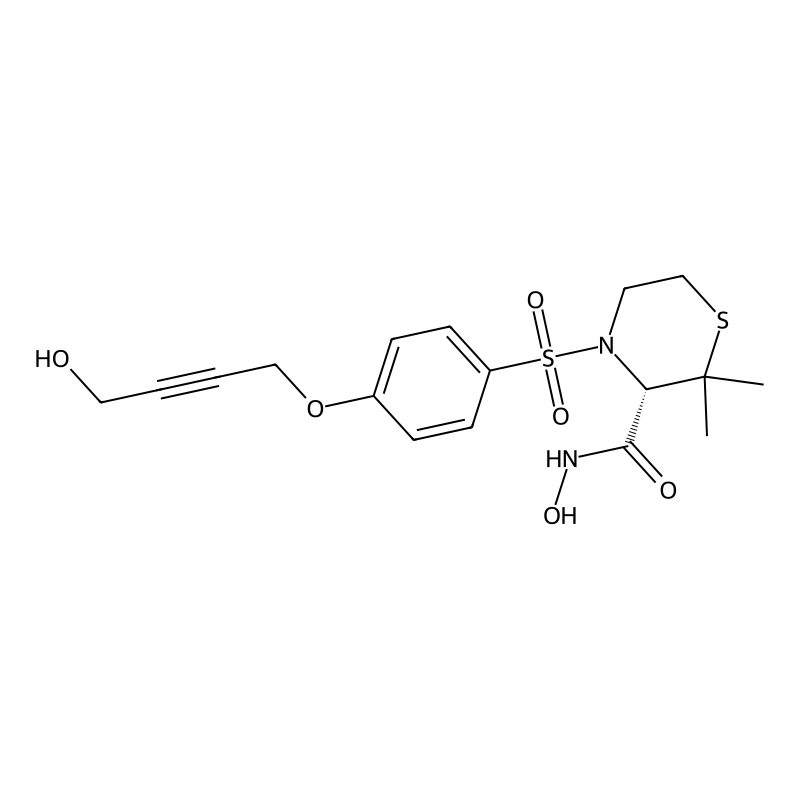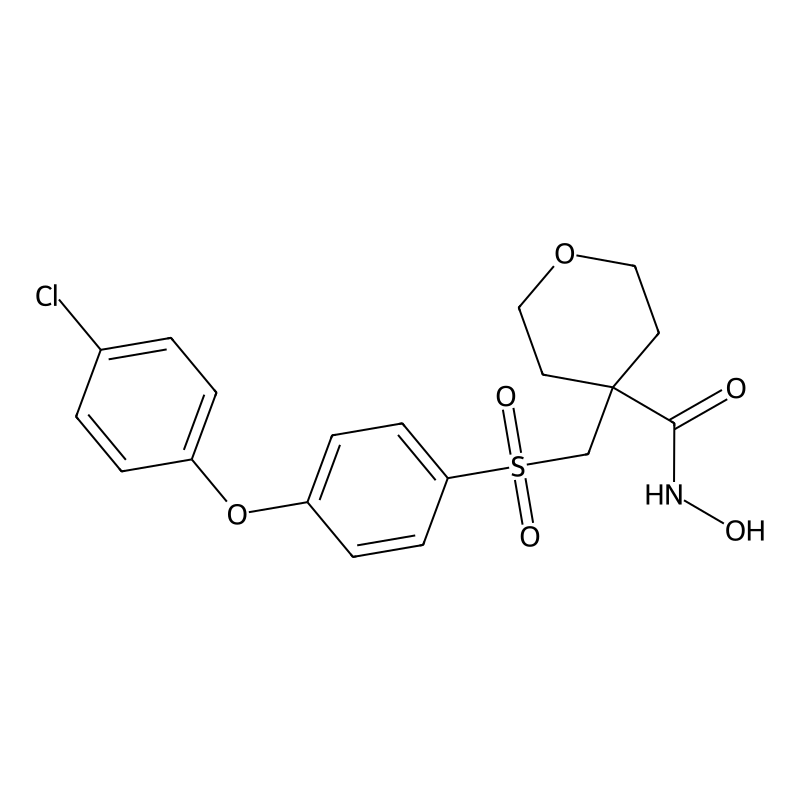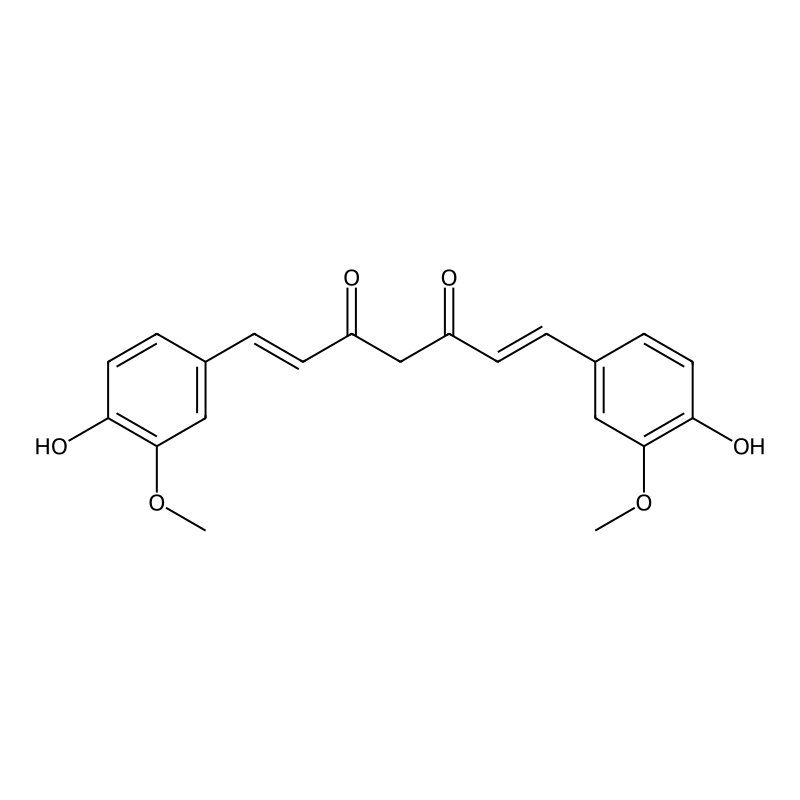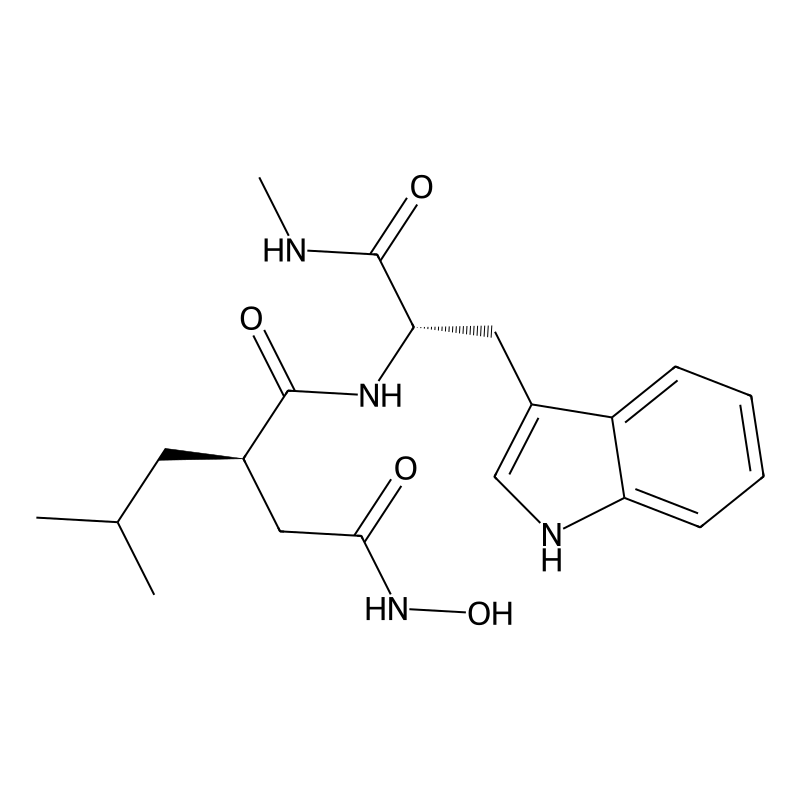AGE/RAGE Pathway
CAS No.:125314-64-9
Molecular Formula:C25H23N5O2S
Molecular Weight:457.5 g/mol
Availability:
In Stock
CAS No.:193808-18-3
Molecular Formula:C17H17NO6S
Molecular Weight:363.4 g/mol
Availability:
Inquiry
CAS No.:287405-51-0
Molecular Formula:C17H22N2O6S2
Molecular Weight:414.5 g/mol
Availability:
In Stock
CAS No.:193022-04-7
Molecular Formula:C19H20ClNO6S
Molecular Weight:425.9 g/mol
Availability:
In Stock
CAS No.:458-37-7
Molecular Formula:C21H20O6
Molecular Weight:368.4 g/mol
Availability:
In Stock
CAS No.:142880-36-2
Molecular Formula:C20H28N4O4
Molecular Weight:388.5 g/mol
Availability:
In Stock
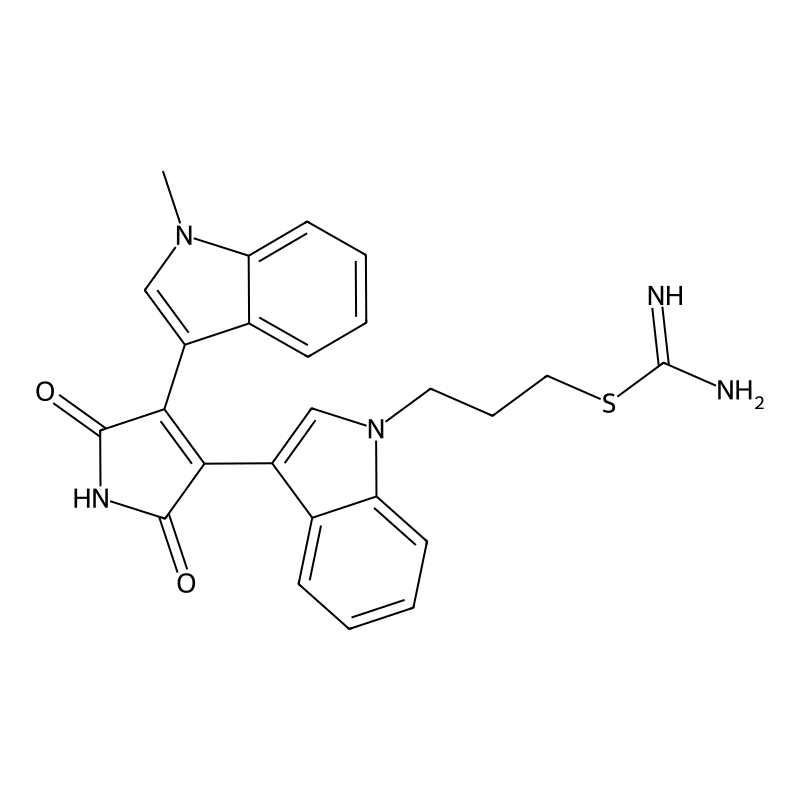
![(2R)-2-[(4-phenylphenyl)sulfonylamino]pentanedioic acid](/img/structure/S006170.png)
